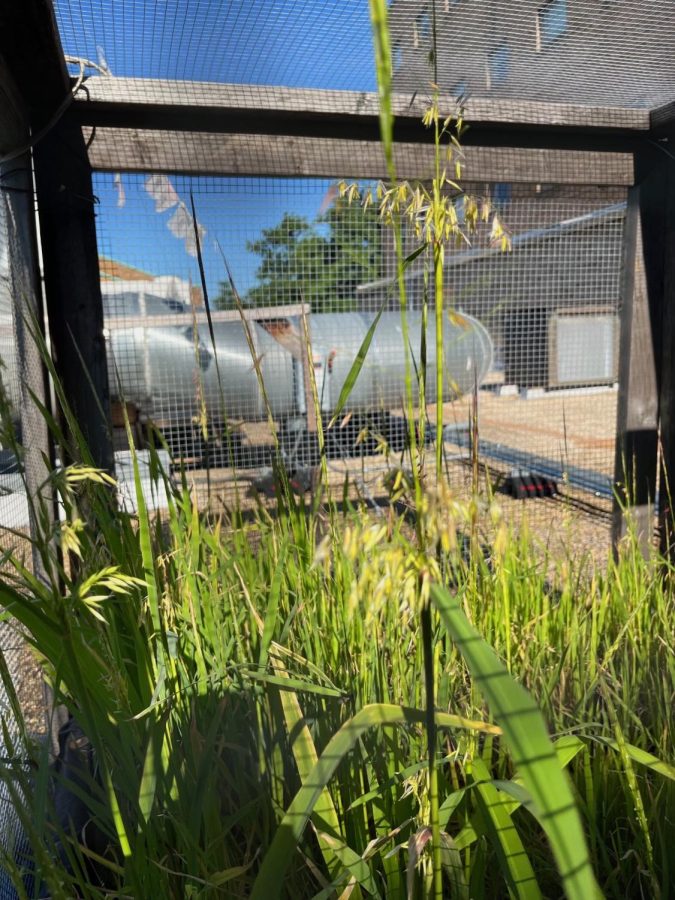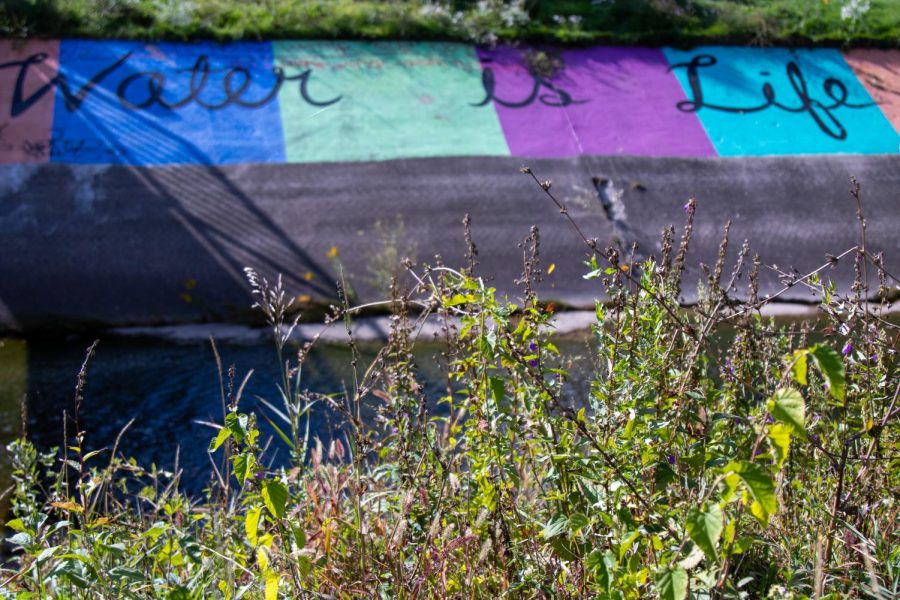To some, Milwaukee is the “gathering place by the waters.” A place where the Native American nations of Potawatomi, Ojibwe, Odawa have all, at one time or another, called home.
Bryan Rindfleisch, a professor specializing in Native American history, said the city having direct access to the Menominee river and Lake Michigan has made it a great place for trade and travel for Native American communities.
On Marquette’s campus, Rindfleisch said that the land and water acknowledgment exemplifies that not only is Marquette on Native land, but also on Native waters.
Nationally, Native American tribes have created intricate trade routes, and the Midwest was no exception. In the 18th century, Milwaukee became a hub for fur trade.
As of 1600, there were 20 “Great Lakes Tribes” who lived near great lakes. These tribes relied on the lakes for agriculture and fishing to sustain their ways of life.
Not only did the physical existence of water in the lives of Native Americans improve their ability to live, trade and travel, it also played a role in their spirituality.
The story of Turtle Island was told by the Ojibway and Anishnable people but is a well-known Native American origin story. The story goes that the original people, the Anishnable nation, turned on each other, and due to this, a great flood was formed and destroyed everyone except one of their central figures, Nanaboozhoo.
Nanaboozhoo decided to swim to the surface of the earth and use one chunk of the earth to create a new world, but he couldn’t do it. A muskrat was the only one to achieve Nanaboozhoo’s goal. A turtle asked the muskrat to put the piece of land on its back, and this land was called Turtle Island by the tribes, more commonly known as North America.
Water was sacred to some Native American tribes in America. Members of the Blackfeet Tribe in Montana believed that the earth, sky and water were all three separate realms of reality. These separate realms of reality all had divine beings living in them.
Due to this, The Blackfeet tribe couldn’t pollute the water or kill anything that lived in it. They took care of their water in order to protect the divine beings within it.
In Milwaukee, Rindfleisch said the history of Native American tribes is deep within the city. There are tribal burial sites under major landmarks and places like the Third Ward. He created an interactive map called the Self-guided Indigenous Milwaukee Walk & Bike Tour, that can be used to identify where some of these historical places are within the city.
“It’s not just how native people matter in the past, it’s also how they matter right now in the ways in which they continue to shape community and history in the present,” Rindfleisch said.
By the 1870s most of the tribes in Wisconsin had been placed on reservations and the federal government created a number of boarding schools around the state to encourage assimilation.
“They [Native American Tribes] are still here but their narrative is fundamentally invisible,” Rindfleisch said.
Rindfleisch said even though Native American tribes live in Milwaukee, pushing them off their land and building a city on top of their land water, has pushed them away from the Milwaukee community. Rindfleisch wants people to know that Indigenous people are still here, and they have an influence on the city.
Several educational institutions in Milwaukee have created organizations to help keep the narrative prevalent. The indigeneity lab at Marquette is “Illuminating Indigenous presences at Marquette University, Milwaukee, and beyond,” and the University of Wisconsin-Milwaukee has an American Indian studies program that gives students the opportunity to study American Indian cultures and history.
Potawatomi and Oneida tribes are both still present in Milwaukee. The Potawatomi own the Indian Community School and the Gerald L. Ignace Indian Health Center, and the Oneida tribe owns the Oneida Nation school, a public museum and library. The Potawatomi nation hosts and intertribal meeting yearly called the “Hunting Moon Pow Wow.”
This story was written by Sophia Tiedge. She can be reached at [email protected].






